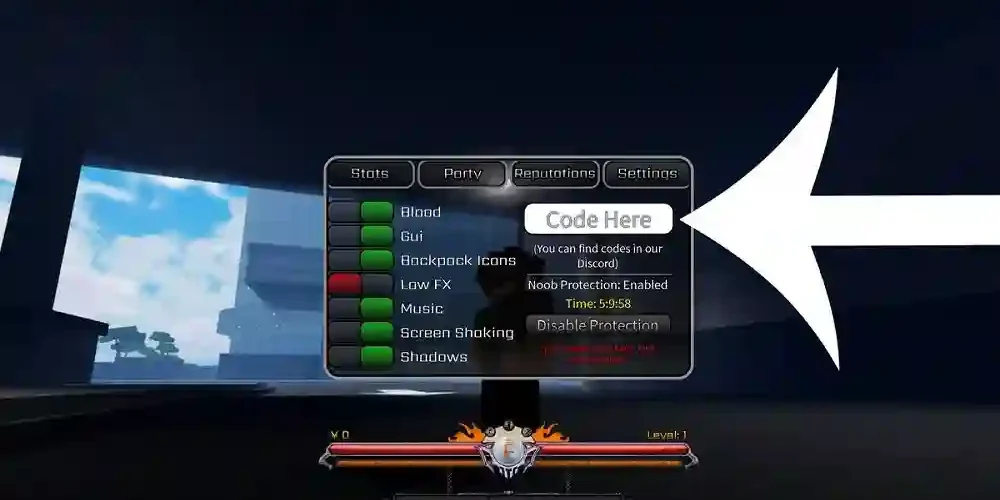Okay, picture this: You’re in front of your computer, eyes glued to the screen, brain buzzing with that weird combo of excitement and anxiety. You’ve heard whispers about something called “Peroxide Codes.” Sounds fancy, right? Like something out of a spy movie. I mean, what’s the worst that could happen?
Well… Let’s just say I cracked the Peroxide Codes, and my computer is now permanently on life support. (And yes, I did learn the hard way. But, hey, at least it makes for a good story.)
How I Got Into Peroxide Codes in the First Place
So, here’s the kicker: It all started one lazy evening while I was scrolling through some random hacker forum. I’d been down the rabbit hole for hours, trying to decode some “secrets” that people were talking about in cryptic, emoji-filled posts. And then—boom—there it was.
A thread titled “Peroxide Codes: Unlocking Hidden Digital Worlds.” I mean, that was all it took. I clicked so fast my mouse nearly broke.
At first, I thought it was some random jargon. Peroxide Codes? Seriously? Like the stuff you use to bleach your hair, but… in code form? But nope. After a deep dive (and a few too many energy drinks), I figured out that these codes were something much bigger. They weren’t about hacking for fun. They were about testing the security of encryption systems, pushing limits, and—let’s face it—messing with stuff we probably shouldn’t.
What Exactly Are Peroxide Codes?
Alright, now let’s slow down and break this down for a second.
Peroxide Codes are like these weird, almost-alchemical pieces of computer code buried deep inside encryption systems. They’re not well-known, kinda like that secret club everyone talks about but no one can get into. To most people, they’re just a bunch of gibberish. But for those who can crack them—oh man, that’s where things get juicy. These codes can open hidden doors in the system, bypass security measures, and maybe even give you control of parts of the system that shouldn’t be touched.
But why bother?
I mean, I could’ve been learning how to bake bread (which, trust me, I did try once—my sourdough starter was deader than my hopes of ever being a professional chef). But for some reason, Peroxide Codes just kept calling my name. Maybe it was the mystery. Maybe I was just curious (okay, it was definitely curiosity, but don’t tell my mom).
Here’s what I learned, though: These codes are dangerous. They can mess with your system so badly you’ll wish you’d never heard the term “backdoor.”
The Hunt Begins: Cracking the Peroxide Codes
The next day, I dove into research like I was Indiana Jones and the Peroxide Codes were the Holy Grail. I wasn’t messing around. I downloaded every decryption tool I could find, each more complex than the last. I was basically a digital version of someone trying to break into a safe using nothing but a rubber band and a pin.
Side note: The fact that I wasn’t backing up anything was… well, let’s just say it wasn’t my best decision.
Anyway, let me tell you about a few tools I used to dive into this code. Some were awesome, some were garbage (and you’ll soon see how).
My Toolkit:
- Decryption Software: This was the fancy stuff—the kind that can crack open encryption and show you what’s inside. I felt like a hacker every time I ran it.
- Hex Editors: These little beauties allowed me to see raw binary data. I know, sounds super techy, right? But it’s like opening a book and only seeing the pages where all the words are scrambled. Weirdly satisfying.
- Debugger Programs: These are like the digital magnifying glass. They let you watch how the code behaves, and trust me, things got real sketchy real fast.
The more I played around with these tools, the more I started piecing together the puzzle. Each move I made brought me closer to cracking it. But fast forward past three failed attempts, and I started getting cocky. Huge mistake.
The Big Oops: Crashing My System
Here’s the deal: the thing about Peroxide Codes is they’re unpredictable. One wrong tweak, and bam—you’ve broken your system.
So, yeah, I thought I had cracked it. I was this close. But like any good thriller, there was a twist. I started getting too confident, tweaking this, adjusting that. And then, of course, disaster struck.
What Went Wrong?
- I Overwrote Critical Files: One of my attempts to modify the code? Yeah, I accidentally overwrote some essential system files. I was too busy patting myself on the back to realize my computer was spiraling into chaos.
- I Pushed Too Far: The Peroxide Codes aren’t meant to be toyed with. One small tweak, and I triggered a string of errors that even my best debugging couldn’t undo.
- No Backup: Rookie mistake. I didn’t back up my system. Big mistake. The computer? Completely fried. It was like watching a car accident in slow motion. I couldn’t stop it, and I couldn’t fix it.
Anyway, at that point, I knew I was in way over my head.
Why Peroxide Codes Are Like Playing With Fire
Okay, so why is everyone so obsessed with these codes? And why did I end up wrecking my computer?
Here’s the thing: Peroxide Codes are dangerous for several reasons:
- System Corruption: I learned the hard way that these codes can really mess up your system. One wrong move, and your computer is done for. It’s like stepping on a landmine while wearing flip-flops.
- Backdoor Security Risks: If you’re cracking these codes, you might unknowingly open a door for hackers. Great. Just what you need—more people in your system.
- Unpredictability: Unlike regular encryption, Peroxide Codes are a wild card. You don’t know what’ll happen when you poke them. And I definitely poked them way too much.
What I Learned From Cracking the Peroxide Codes
When it was all said and done, I had a fried computer, a bruised ego, and a whole lot of lessons learned. So, let me break it down for you, in case you’re thinking of trying it out (which, please, don’t do it):
- Always Back Up: Don’t be like me. Back your stuff up. Because when everything crashes, you’ll be crying over lost files, like I was with my 2020 sourdough starter. RIP, Gary.
- Know Your Limits: Cracking codes is not for the faint of heart. If you don’t know exactly what you’re doing (and I mean exactly), you’re playing with fire.
- Understand the Consequences: It’s not just about cracking the code. It’s about what happens after you crack it. And trust me, things can go sideways fast.
How I Recovered From My Mistakes (And How You Can, Too)
After my catastrophic failure, I had to rebuild my entire system from scratch. It was like cleaning out a hoarder’s house after a tornado. But, hey, I’ve learned to respect the power of these codes. The Peroxide Codes weren’t just some digital puzzle—they were a reminder that some things are best left alone.
And now? Well, now I actually understand the importance of encryption and security. So, in a weird way, I guess it wasn’t all bad. I’ll never look at a line of code the same way again. Plus, I think I can probably fix a computer in the future without completely breaking it. Maybe.
But seriously, learn from my mistakes. Some mysteries? Best left unsolved.





